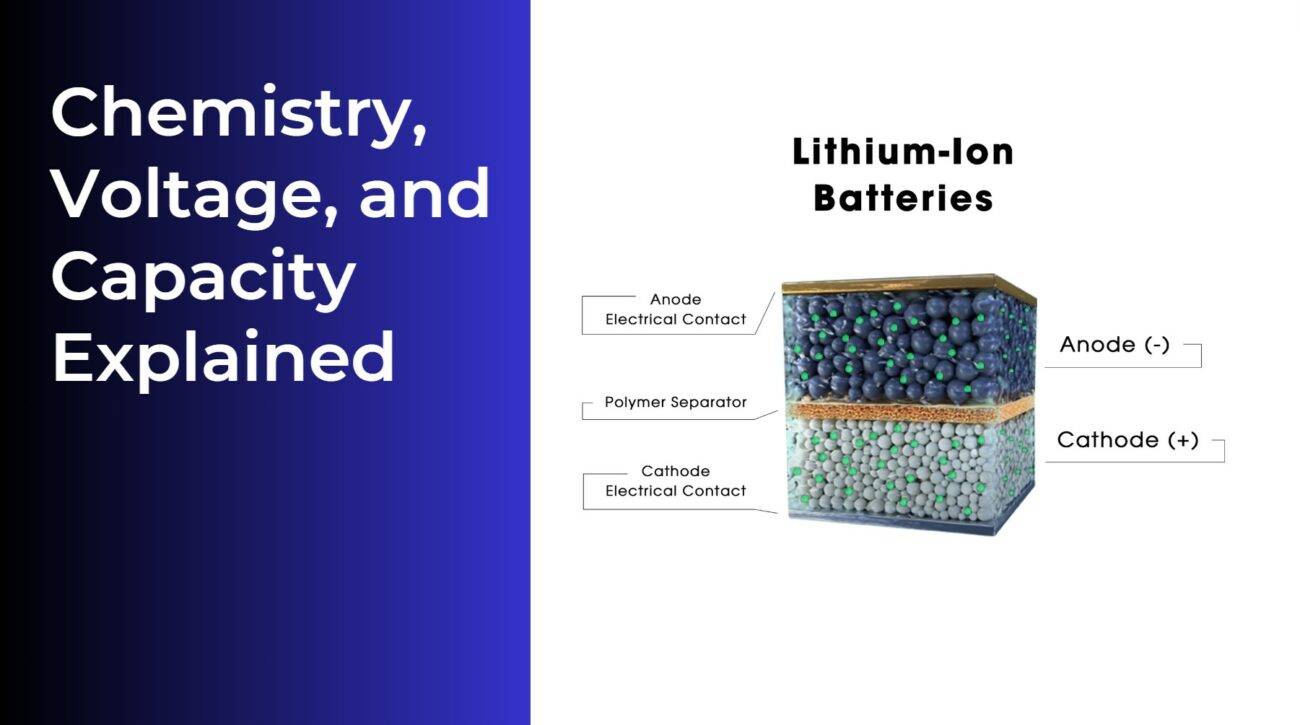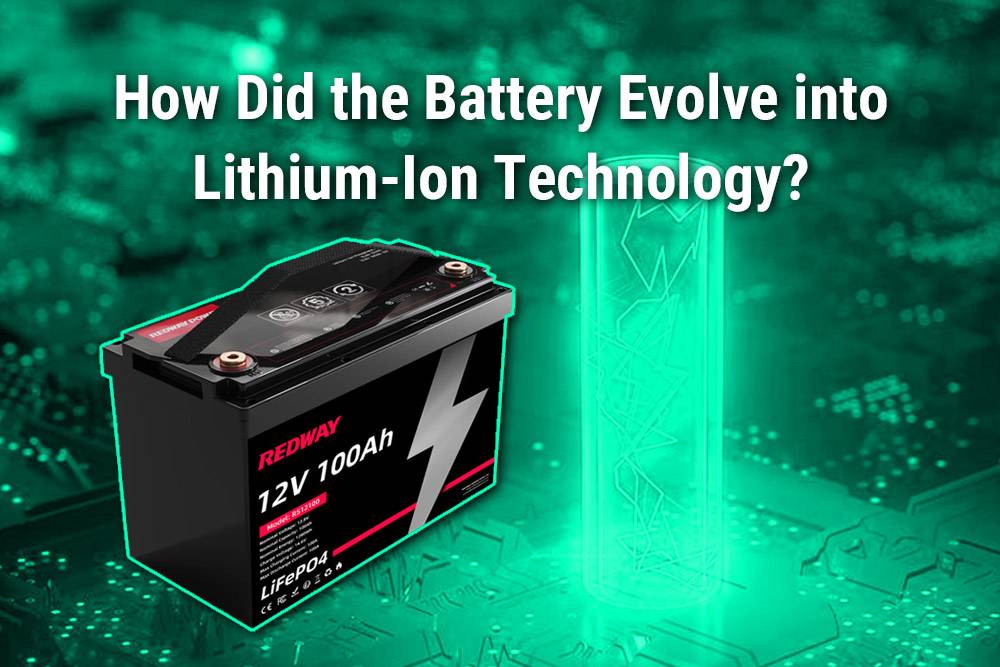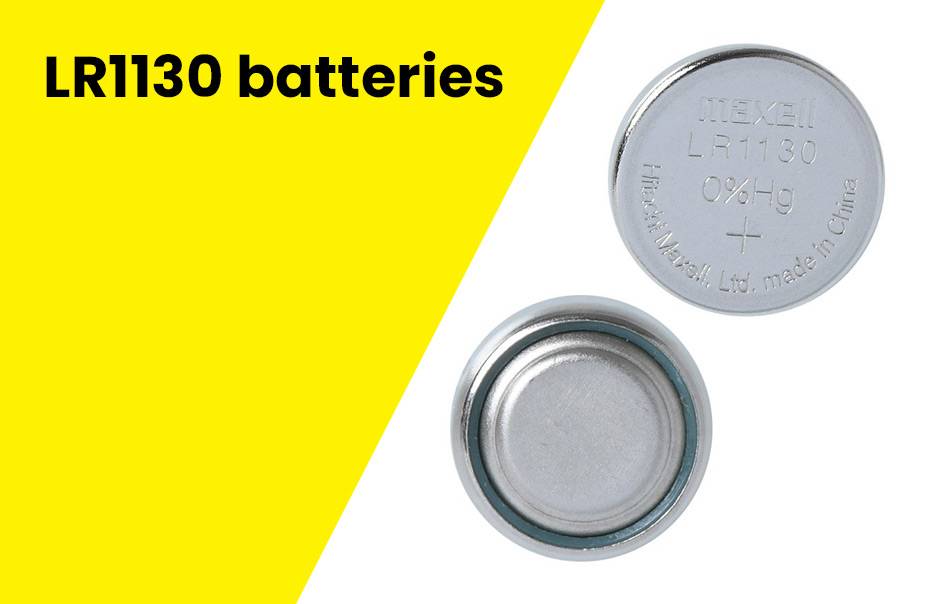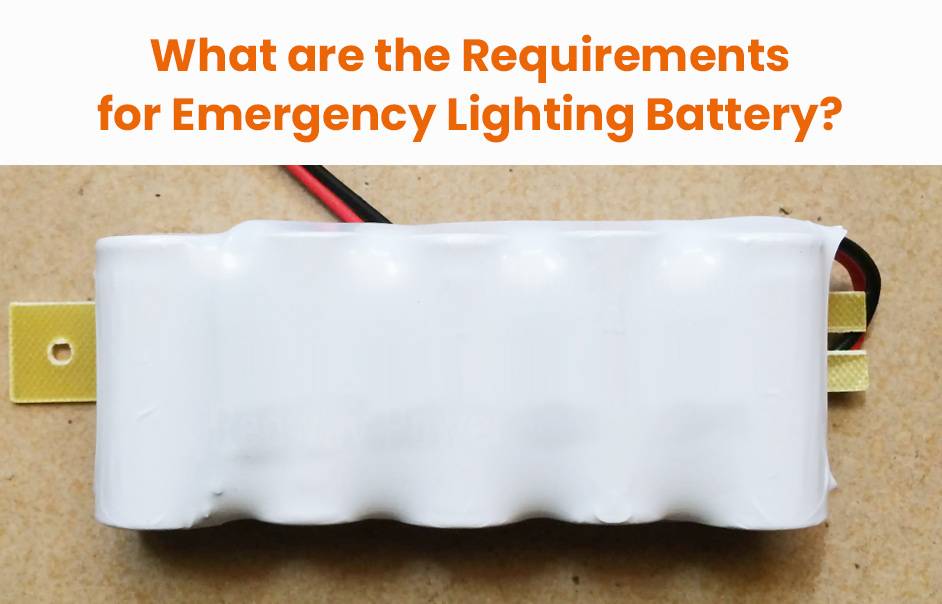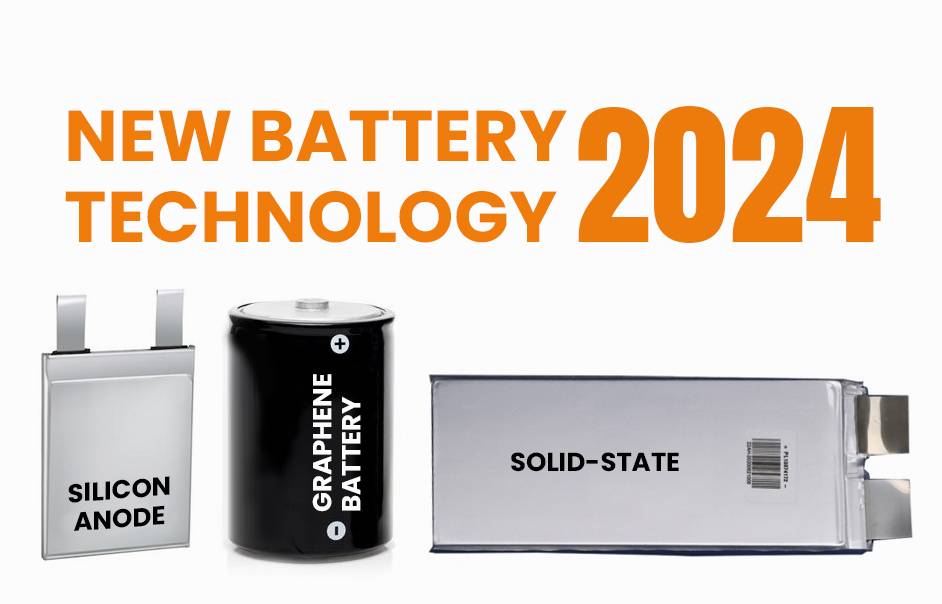- Forklift Lithium Battery
-
48V
- 48V 210Ah
- 48V 300Ah
- 48V 420Ah (949 x 349 x 569 mm)
- 48V 420Ah (950 x 421 x 450 mm)
- 48V 456Ah
- 48V 460Ah (830 x 630 x 590 mm)
- 48V 460Ah (950 x 421 x 450 mm)
- 48V 460Ah (800 x 630 x 600 mm)
- 48V 460Ah (820 x 660 x 470 mm)
- 48V 500Ah
- 48V 560Ah (810 x 630 x 600 mm)
- 48V 560Ah (950 x 592 x 450 mm)
- 48V 600Ah
- 48V 630Ah
-
48V
- Lithium Golf Cart Battery
- 12V Lithium Battery
12V 150Ah Lithium RV Battery
Bluetooth App | BCI Group 31
LiFePO4 Lithium
Discharge Temperature -20°C ~ 65°C
Fast Charger 14.6V 50A
Solar MPPT Charging - 24V Lithium Battery
- 36V Lithium Battery
- 48V Lithium Battery
-
48V LiFePO4 Battery
- 48V 50Ah
- 48V 50Ah (for Golf Carts)
- 48V 60Ah (8D)
- 48V 100Ah (8D)
- 48V 100Ah
- 48V 100Ah (Discharge 100A for Golf Carts)
- 48V 100Ah (Discharge 150A for Golf Carts)
- 48V 100Ah (Discharge 200A for Golf Carts)
- 48V 150Ah (for Golf Carts)
- 48V 160Ah (Discharge 100A for Golf Carts)
- 48V 160Ah (Discharge 160A for Golf Carts)
-
48V LiFePO4 Battery
- 60V Lithium Battery
-
60V LiFePO4 Battery
- 60V 20Ah
- 60V 30Ah
- 60V 50Ah
- 60V 50Ah (Small Size / Side Terminal)
- 60V 100Ah (for Electric Motocycle, Electric Scooter, LSV, AGV)
- 60V 100Ah (for Forklift, AGV, Electric Scooter, Sweeper)
- 60V 150Ah (E-Motocycle / E-Scooter / E-Tricycle / Tour LSV)
- 60V 200Ah (for Forklift, AGV, Electric Scooter, Sweeper)
-
60V LiFePO4 Battery
- 72V~96V Lithium Battery
- Rack-mounted Lithium Battery
- E-Bike Battery
- All-in-One Home-ESS
- Wall-mount Battery ESS
-
Home-ESS Lithium Battery PowerWall
- 24V 100Ah 2.4kWh PW24100-S PowerWall
- 48V 50Ah 2.4kWh PW4850-S PowerWall
- 48V 50Ah 2.56kWh PW5150-S PowerWall
- 48V 100Ah 5.12kWh PW51100-F PowerWall (IP65)
- 48V 100Ah 5.12kWh PW51100-S PowerWall
- 48V 100Ah 5.12kWh PW51100-H PowerWall
- 48V 200Ah 10kWh PW51200-H PowerWall
- 48V 300Ah 15kWh PW51300-H PowerWall
PowerWall 51.2V 100Ah LiFePO4 Lithium Battery
Highly popular in Asia and Eastern Europe.
CE Certification | Home-ESS -
Home-ESS Lithium Battery PowerWall
- Portable Power Stations
What Do You Need to Know About Sodium Ion Batteries?
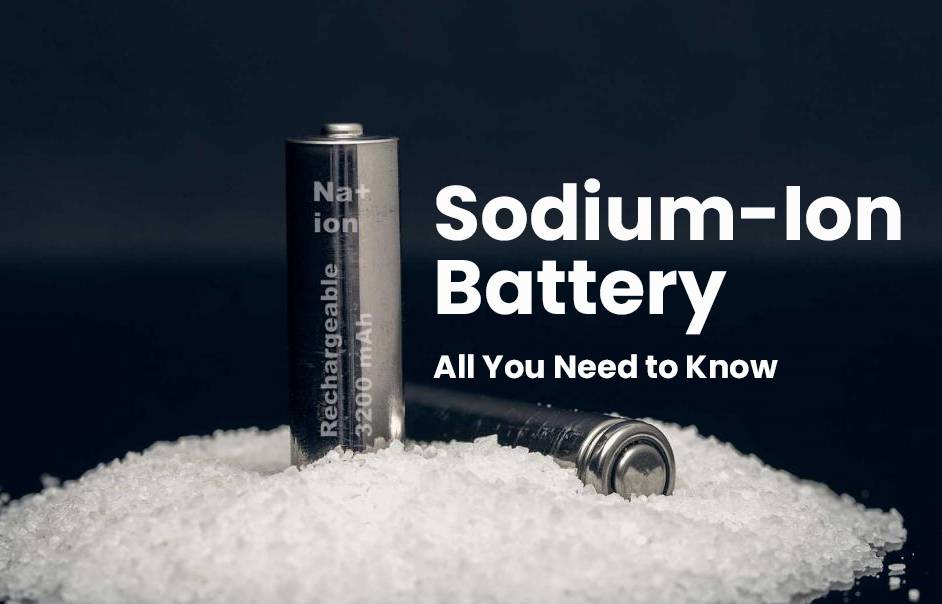
Sodium ion batteries (NIBs) represent a promising alternative to traditional lithium ion technologies, utilizing abundant and cost-effective materials while maintaining similar operational principles. This guide explores their composition, functionality, advantages, disadvantages, applications, and future advancements.
What is a sodium ion battery?
A sodium ion battery is a type of rechargeable battery that employs sodium ions (Na+) as charge carriers instead of lithium ions (Li+). This innovative approach offers potential benefits in terms of cost-effectiveness and sustainability, given that sodium is more abundant than lithium.Chart Title: Comparison of Charge Carriers
| Battery Type | Charge Carrier | Abundance |
|---|---|---|
| Lithium-Ion | Lithium (Li+) | Limited |
| Sodium-Ion | Sodium (Na+) | Abundant |
How does a sodium ion battery work?
The operation of a sodium ion battery involves the movement of Na+ ions between the anode and cathode through an electrolyte during charge and discharge cycles. When charging, external electrical energy drives Na+ ions from the cathode to the anode; during discharge, these ions return to generate electrical power.Chart Title: Charging vs Discharging Process
| Process | Direction of Na+ Ions | Electron Flow |
|---|---|---|
| Charging | Cathode to Anode | External Circuit |
| Discharging | Anode to Cathode | External Circuit |
What components make up a sodium ion battery?
A typical sodium ion battery consists of three main components:
- Anode: Often made from hard carbon materials that allow for stable intercalation of Na+ ions.
- Cathode: Composed of various materials like layered oxides or polyanionic compounds that can reversibly host Na+ ions.
- Electrolyte: A solution containing dissolved sodium salts that facilitates ionic movement between electrodes.
What advantages do sodium ion batteries offer over other types?
Sodium ion batteries provide several notable advantages:
- Cost Efficiency: Utilizing inexpensive raw materials significantly lowers production costs.
- Abundance: Sodium is readily available compared to lithium, enhancing supply chain stability.
- Safety: Generally exhibit lower risks associated with thermal runaway compared to lithium-based counterparts.
What disadvantages should be considered with sodium ion batteries?
Despite their benefits, there are several disadvantages:
- Lower Energy Density: Typically store about 40% less energy than lithium ion batteries, limiting their use in high-performance applications.
- Performance Limitations: May experience reduced efficiency at lower temperatures compared to lithium technologies.
Which applications benefit most from using sodium ion batteries?
Sodium ion batteries are particularly well-suited for:
- Stationary Energy Storage: Ideal for integrating renewable energy sources like solar and wind into power grids.
- Electric Vehicles: Emerging as an alternative for electric vehicle manufacturers focused on cost-effective solutions.
How does the cycle life of sodium ion batteries compare to lithium ion batteries?
While both types can undergo thousands of charge-discharge cycles, current research indicates that some advanced designs of NIBs may achieve comparable cycle life to lithium technologies under optimal conditions.
What advancements are being made in sodium ion battery technology?
Ongoing research focuses on enhancing the performance characteristics of NIBs through material innovations for electrodes and electrolytes, aiming to improve energy density and overall efficiency.
How do environmental impacts differ between sodium and lithium battery production?
The environmental footprint of producing NIBs tends to be lower due to the abundance and accessibility of raw materials like sodium compared to lithium, which often involves more intensive mining processes with significant ecological consequences.Expert Views:”Sodium ion technology holds immense promise for sustainable energy storage solutions,” states Dr. Emily Carter, a leading researcher in battery technologies. “As we continue refining these systems, we can expect them to play a pivotal role in future energy infrastructures.”
FAQ Section
- What is the main advantage of using sodium over lithium in batteries?
The primary advantage lies in cost efficiency and material abundance; sodium is more plentiful than lithium, which can lead to lower overall production costs.
- Can sodium ion batteries be used interchangeably with lithium ion ones?
Not directly; while they operate on similar principles, their voltage levels and performance characteristics differ significantly.
- What industries are likely to adopt sodium ion technology?
Industries focused on renewable energy storage solutions and electric vehicles may increasingly adopt this technology due to its cost-effectiveness and sustainability potential.















